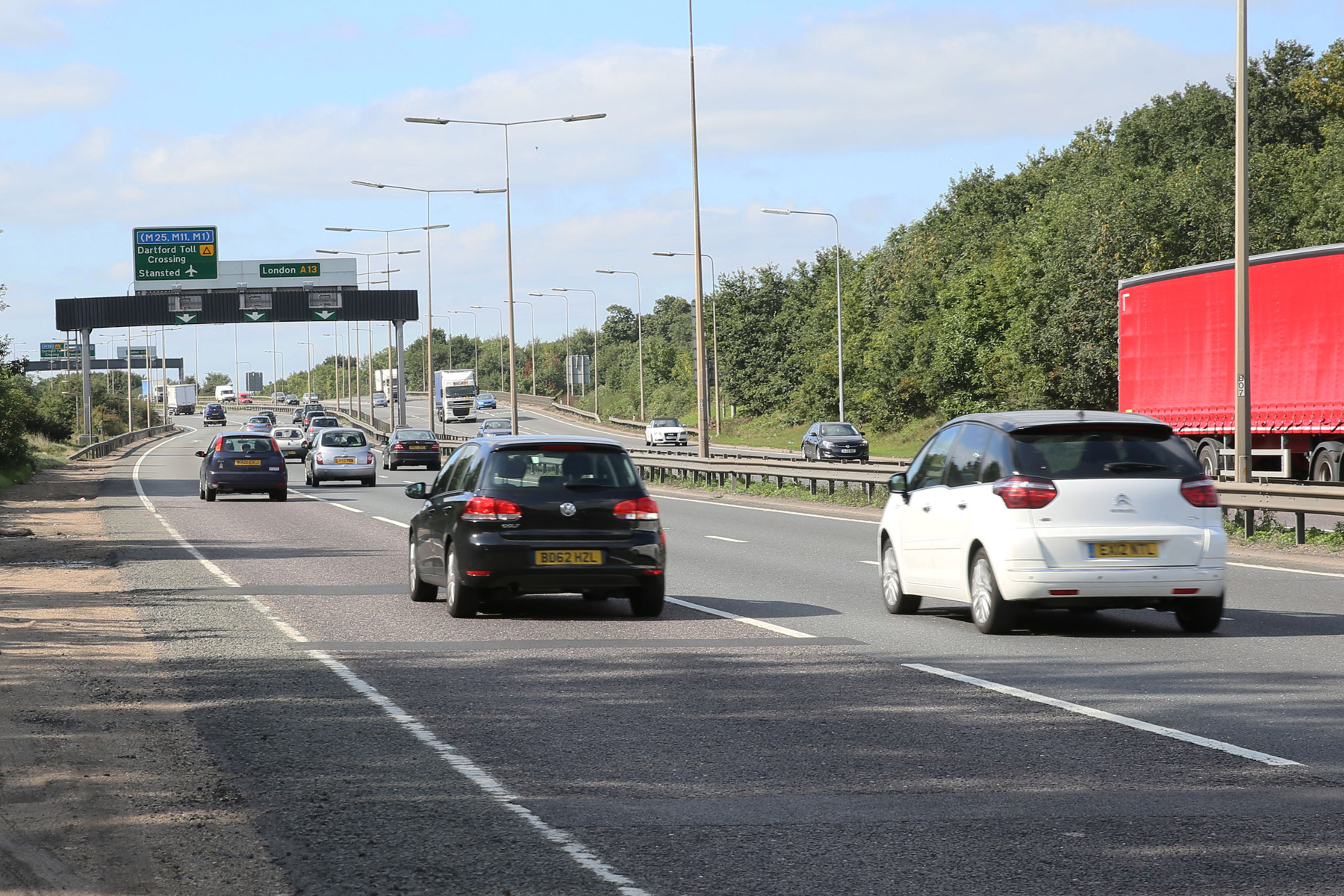
Britain’s motorways are rarely out of the news, whether it’s the ongoing controversy around smart motorways or endless reports of accidents and tailbacks.
Millions of drivers use motorways, but many misunderstand the particular rules that apply to these unique – and statistically very safe – roads.
Here, with help from LeasePlan UK, we have busted 12 common motorway myths. How many of these facts are news to you?
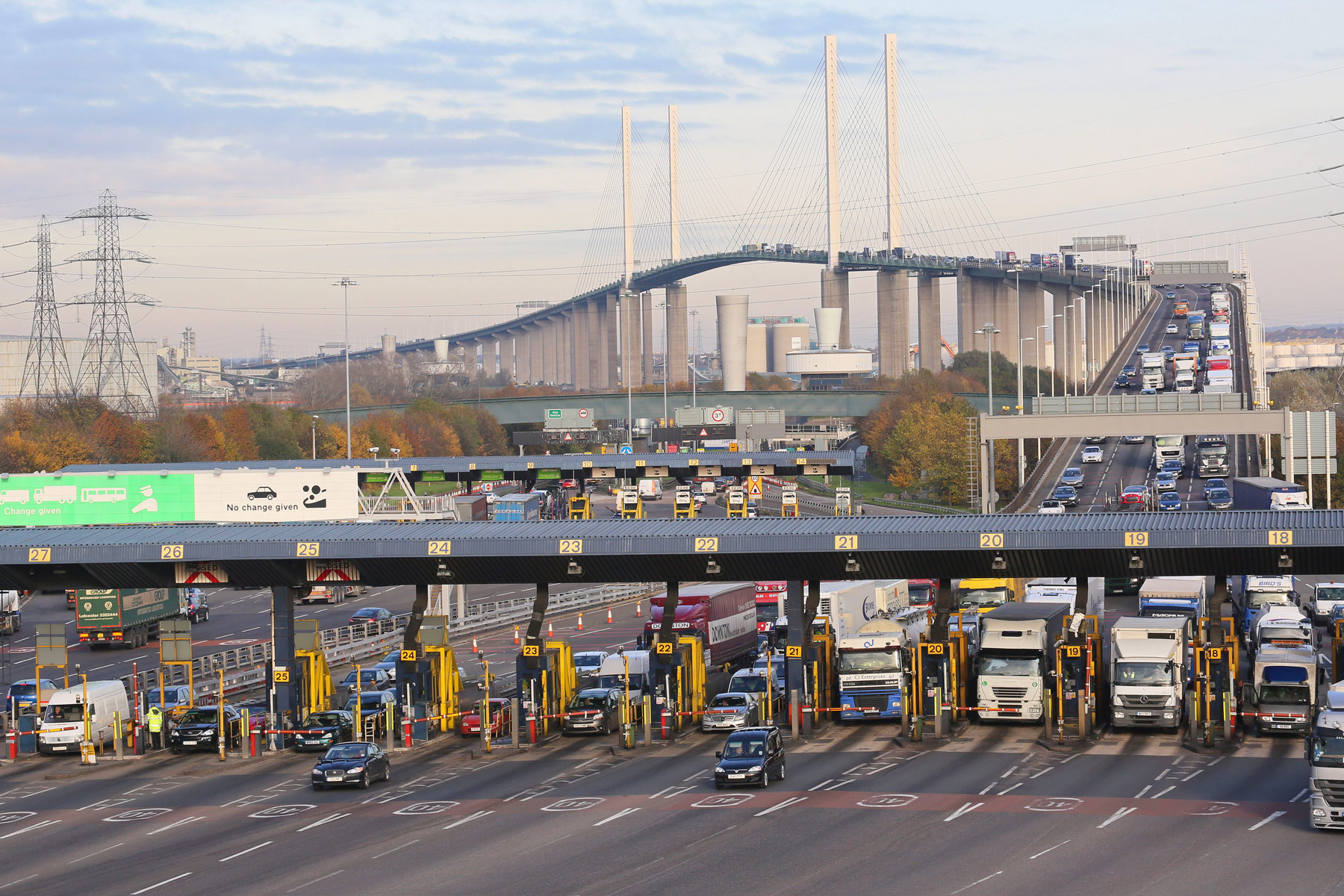
1. Any vehicle can drive in the right-hand lane
On a three-lane motorway, it’s against the law to drive a goods vehicle with a maximum laden weight of more than 7.5 tonnes in the outside lane. The same weight limit applies to trailers, including caravans, so don’t use the ‘fast lane’ to get to the campsite more quickly. You could be docked three points on your driving licence and fined up to £2,500.
2. The left-hand lane is the lorry lane
Similarly, the inside lane of the motorway can be (and should be) used by any vehicle. Worryingly, a survey by the AA found nearly one in 10 young drivers described the left-hand lane as the ‘lorry lane’, only to be used by those driving HGVs. Drivers who use the middle or outside lanes when the inside lane is empty can be hit with an on-the-spot fine.
3. There is no national speed limit on the motorway
We all know there’s a speed limit on the motorway, but many drivers think they can get away with travelling at 80mph or 90mph. While cameras typically stick to the ’10 percent plus 2mph’ rule (so they’re unlikely to issue a fine for speeds up to 79mph on a motorway), traffic officers are within their rights to penalise you for driving at anything beyond 70mph.
You should note, too, that a lower 60mph limit applies to vehicles over 7.5 tonnes, or those towing a trailer (including caravans).
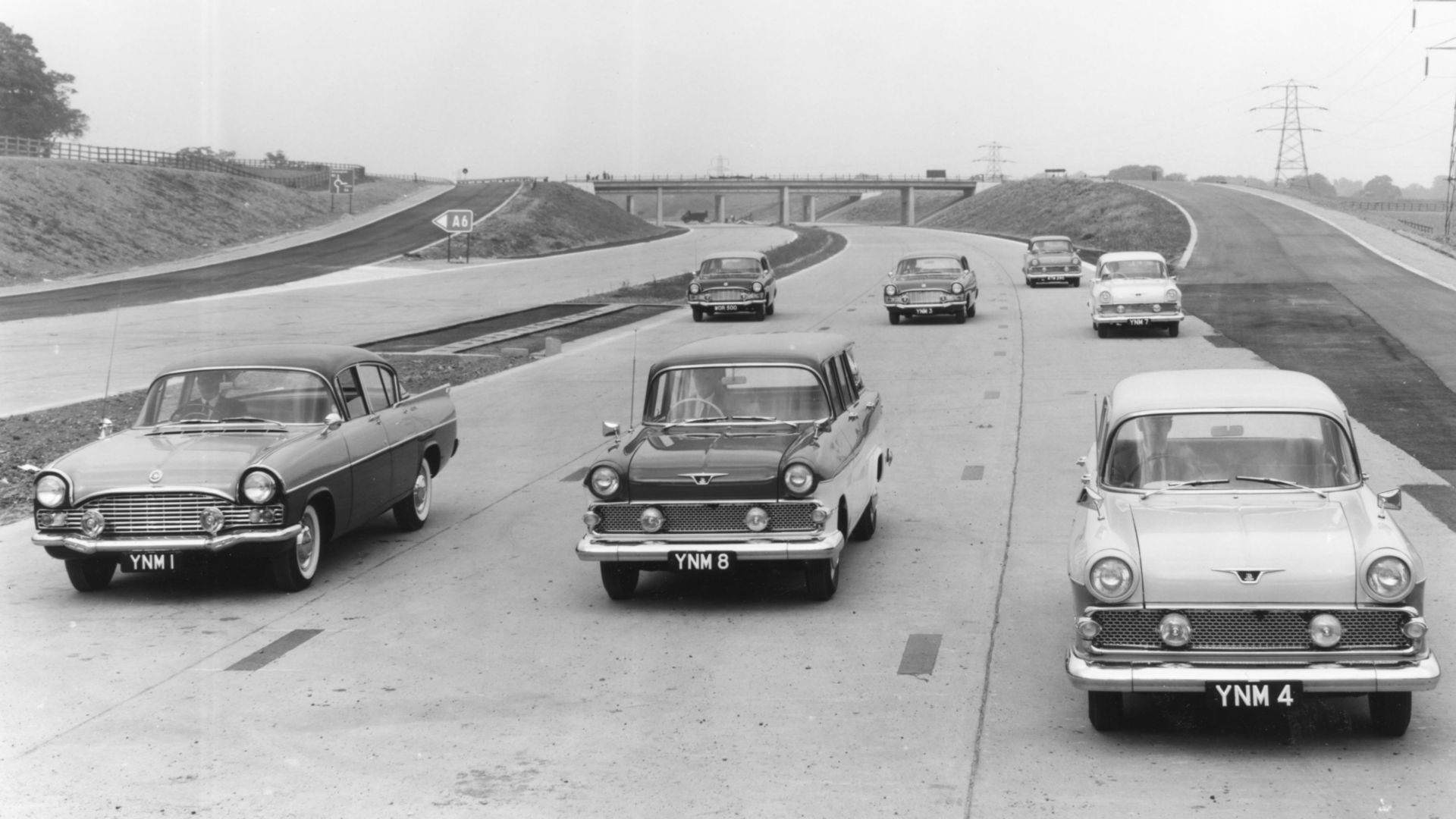
4. If you break down, you can remove any animals from your car
If you have to pull over onto the hard shoulder, it’s important for you and your passengers to safely leave the vehicle and stand behind the crash barrier. Accidents involving cars stopped on the hard shoulder are fairly common, and the damage can be devastating if a lorry takes out a broken-down car.
However, you should not take out any animals you have in the car. We all love our pets, but removing them at the side of the motorway is too dangerous. You don’t know how they will react – they might panic and run into the road, causing a pile-up. It’s safer to leave them inside the car.
5. You can stop on the hard shoulder if you are ill or need the toilet
A motorist stopped on the hard shoulder for a ‘comfort break’ is still a worryingly common sight. The hard shoulder is for emergency use only – and that doesn’t include a passenger feeling travel sick, needing the toilet or reading a map.
Keep going until you can leave the motorway and find somewhere safe and legal to stop.
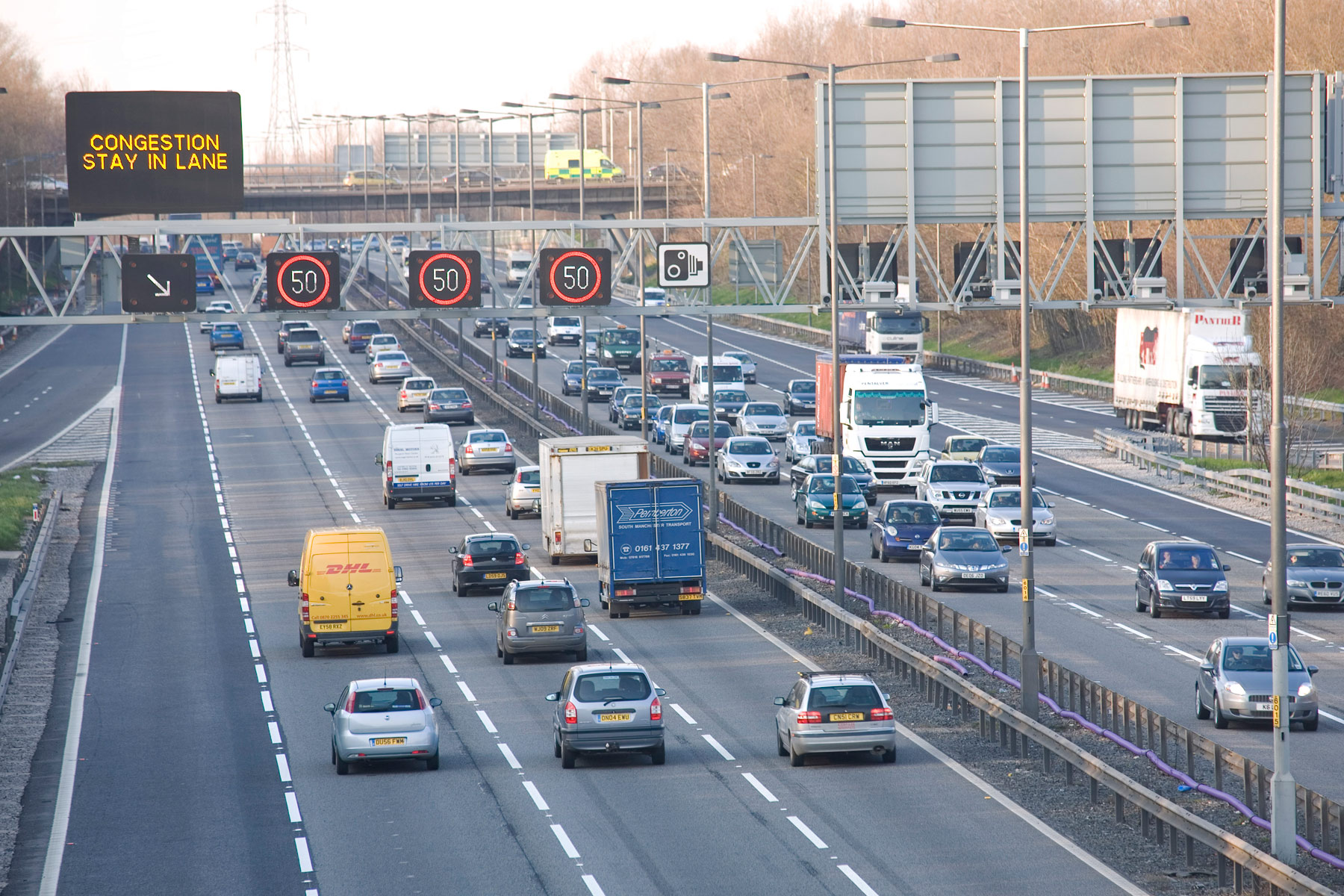
6. Fog lights should be used in poor visibility
The Highway Code states: ‘You MUST use headlights when visibility is seriously reduced, generally when you cannot see for more than 100 metres (328 feet). You may also use front or rear fog lights but you MUST switch them off when visibility improves’.
Some drivers switch their car fog lights on at the slightest hint of rain, snow or mist – then forget to turn them off. They can be blinding to other drivers and can even disguise your brake lights. If you can see the rear lights of the car ahead comfortably, you probably don’t need your fog lights on.
7. Motorway traffic should move over for joining vehicles
If there’s a lot of traffic heading down a slip road and you’re in the inside lane, it might be helpful to indicate and move outwards to create space. Ultimately, though, it’s the job of joining traffic to give way to cars already on the motorway.
Some people are overly cautious when joining the motorway. Joining at low speeds can be very dangerous. If you’ve got a queue of traffic behind, you could put other drivers in a dangerous situation. It’s easier to lose speed than gain it, so build up your speed on the slip road then slot into traffic when you join the motorway.
8. Lorry drivers can see everything
However many mirrors are fitted to lorries, drivers will always have blind-spots. This is particularly true for drivers of left-hand-drive lorries on British motorways, who might struggle to see cars or motorbikes alongside them. If you are overtaking a lorry, spend the minimum amount of time alongside it.
Also, be careful not to change lanes into a lorry’s blind-spot when the driver might be about to pull out and overtake a slower vehicle.
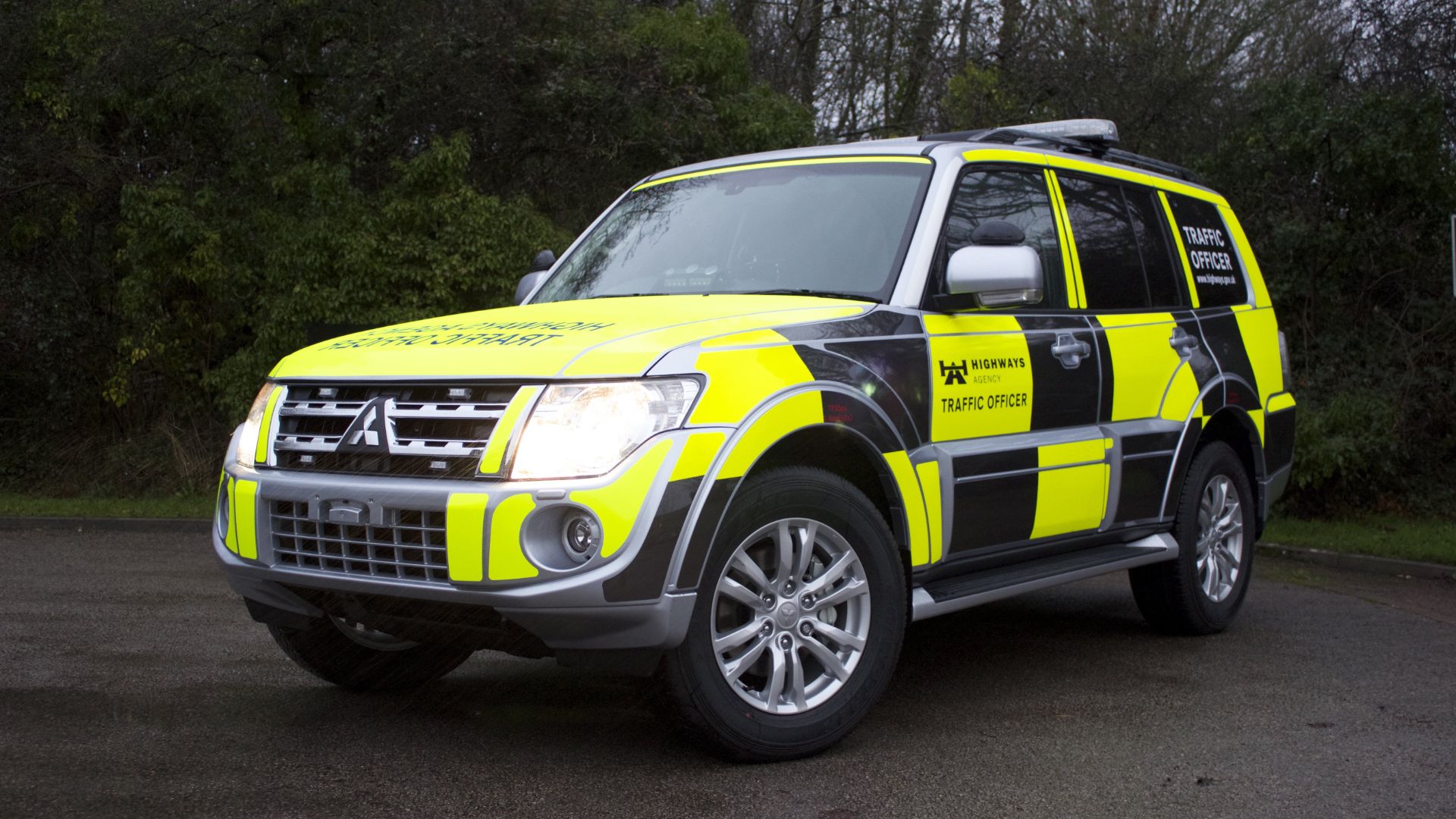
9. You should slow down for speed cameras
Average speed cameras are increasingly common in roadworks and on smart motorways. These time how long a vehicle takes to travel between cameras, and can issue fines if average speed is above the variable speed limit.
They don’t work like normal speed cameras, so slowing down when passing below gantries before speeding up again could land you with a ticket. It will also annoy other drivers.
10. Highways Agency traffic officers can stop you for speeding
You will sometimes see drivers sitting in line behind a Highways Agency traffic officer doing 68mph. Yet while their liveried vehicles might look similar to police cars, they have no powers to pull you over or prosecute you for speeding.
Traffic officers are there to help in emergency situations – and have the authority to close the motorway when required
11. Smart motorway cameras aren’t always on
On smart motorways, the overhead display screens aren’t always illuminated. However, that doesn’t mean the speed cameras are switched off.
If no speed is displayed, you can assume the standard 70mph limit applies. Exceed that, though, and you risk a flash and a fine.

12. Smart motorway speed limits are advisory
If the motorway ahead is clear and a 40mph, 50mph or 60mph limit is displayed, many drivers assume this is advisory. In fact, that’s only the case if orange lights are flashing.
If the speed limit is ringed by a red circle, it is compulsory – so you could face points and a fine if you exceed it. You have been warned.
ALSO READ:
10 tips for safer driving this winter
What do the car insurance write-off categories mean?
Know your APR from your PCP: an easy guide to car finance jargon
How about indicating right when joining from the slip road does not give you the God given right to pull onto the motorway without looking or adjusting your speed and assuming everyone must get out of your way. The Highway Code clearly states you do NOT have the right of way when joining from a slip road!!!
have been driving for nearly 53 years. Get annoyed at the middle Lane Hog who seems to take no notice of a free inside lane. I blame some of it on the fact that until recently you could pass your test and go out and drive on a Motorway with no training. Totally absurd. No wonder myths abound.